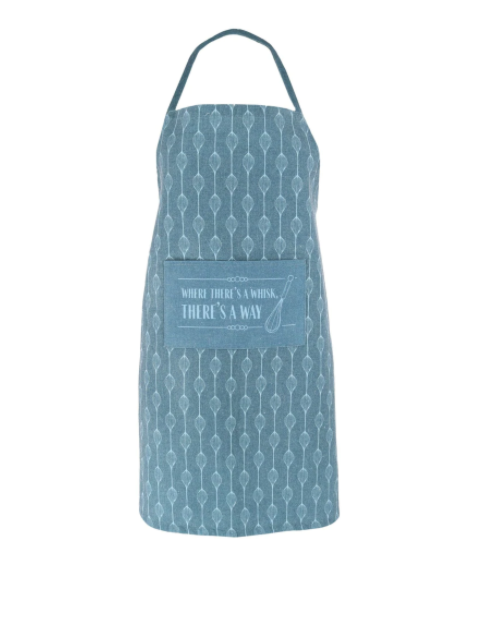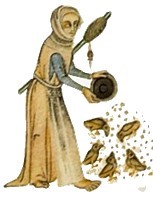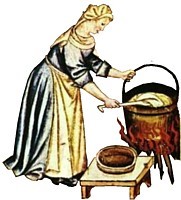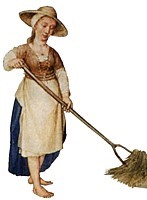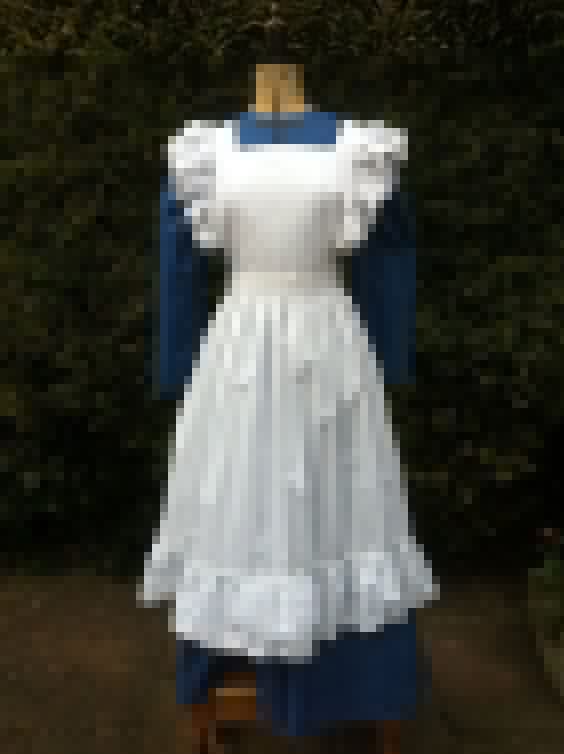Bestsellers
Go to filters
-
 $18.99 $15.00
$18.99 $15.00 -
 $18.99 $15.00
$18.99 $15.00 -
 $18.99 $15.00
$18.99 $15.00 -
 $9.99 $8.00
$9.99 $8.00 -
 $9.99 $8.00
$9.99 $8.00 -
 $9.99 $8.00
$9.99 $8.00 -
 $9.99 $8.00
$9.99 $8.00 -
 $9.99 $8.00
$9.99 $8.00 -
 $9.99 $8.00
$9.99 $8.00 -
 $9.99 $8.00
$9.99 $8.00 -
 $9.99 $8.00
$9.99 $8.00 -
 $9.99 $8.00
$9.99 $8.00 -
 $9.99 $8.00
$9.99 $8.00 -
 $9.99 $8.00
$9.99 $8.00 -
 $9.99 $8.00
$9.99 $8.00 -
 $10.99 $9.00
$10.99 $9.00 -
 $16.99 $14.00
$16.99 $14.00 -
 $8.99 $7.00
$8.99 $7.00 -
 $8.99 $7.00
$8.99 $7.00 -
 $14.99 $12.00
$14.99 $12.00 -
 $13.99 $11.00
$13.99 $11.00 -
 $14.99
$14.99 -
 $14.99 $12.00
$14.99 $12.00 -
 $14.99 $12.00
$14.99 $12.00 -
 $14.99 $12.00
$14.99 $12.00 -
 $5.99 $5.00
$5.99 $5.00 -
 $5.99 $5.00
$5.99 $5.00 -
 $10.99 $9.00
$10.99 $9.00 -
 $12.99 $10.00
$12.99 $10.00 -
 $16.99 $14.00
$16.99 $14.00





















